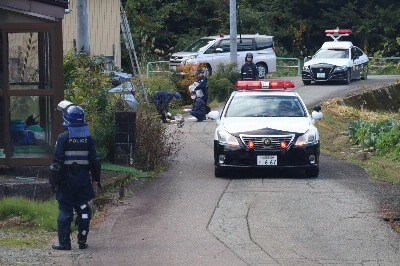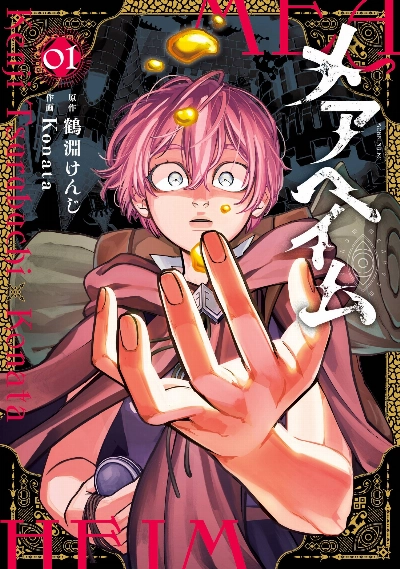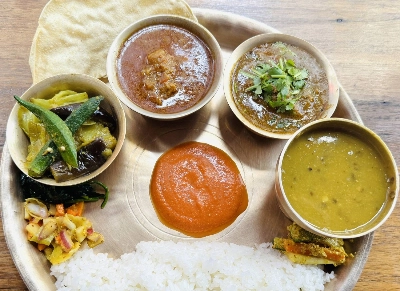Meta
Sumiko Enbutsu
Feb 6, 2004
Dec 5, 2003
Nov 7, 2003
Sep 18, 2003
Aug 21, 2003
Jul 17, 2003
Jun 19, 2003
May 15, 2003
Apr 27, 2003
Apr 17, 2003
Mar 20, 2003
Feb 23, 2003
Feb 20, 2003
Jan 16, 2003

































